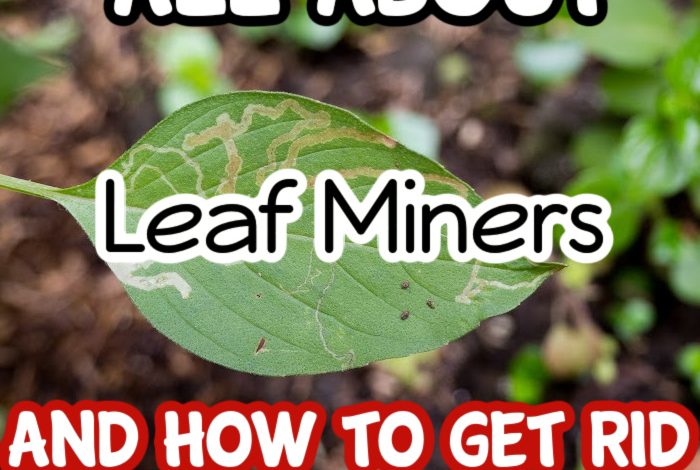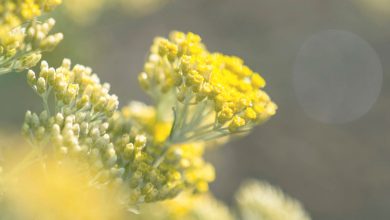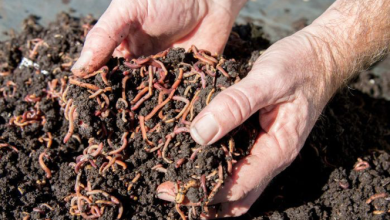Leafminers in our Garden: What are they? How to identify them? How to fight them?

They tend to dig small galleries or paths between the leaves and stems, which reduces the space for the plant to photosynthesize. These galleries increase in size as the larva grows.
In this way, the miners attack horticultural crops, favoring the entry of bacteria into the plant. Once larval development is complete, the larvae emerge from the leaves to pupate, in the soil or on the leaves, to subsequently give rise to adults.
The main damage occurs by the excavation of the leaves and stems. In most cases, the blade ends up being destroyed, curling and the cuticle ends up blackening.
However, with a bit of luck the harvest may not be so affected, although if the weather conditions are good, the leafminer increases its destructive activity in the leaves, and this causes a high loss of leaf mass, reducing the vigor of the crop.
In addition, the wounds caused by this pest facilitate the entry of other pathogens such as fungi, bacteria and viruses.
What crops are affected?
They mainly affect aubergines, courgettes, beans, melons, cucumbers, peppers, watermelons and tomatoes.
How do we combat leaf miners?
Miners are often attracted to the color yellow, so yellow traps or containers with sticky surfaces can be placed for them to adhere to.
Another form of prevention is to place meshes around the crops and clean them of weeds and any type of waste or remains of previous crops.
Similarly, leafminer infestation can be prevented by planting trap crops near the plants to be protected.
You can plant pigweed, columbine or abutilon to attract the attention of miners and reduce their incidence in your crops.
Biological control can be done through its natural enemies. Some of them are parasitic wasps such as Diglyphus isaea, Diglyphus minoeus and Diglyphus crassinervis, as well as Chrysonotomyia formosa and Hemiptarsenus zihalisebessi.
To combat the adults , neem extract can be applied to the leaves and the bacteria Bacillus thuringiensis against the larvae that produce the galleries in the leaves. It is also effective to crush the larvae with our own fingers, making sure not to hurt the plant.
In strong attacks it is advisable to remove and destroy the lower leaves of the plant.

![Photo of Astrancia: [Cultivation, Irrigation, Care, Pests and Diseases]](https://www.complete-gardening.com/wp-content/uploads/2021/06/Astrancia-390x220.jpg)


![Photo of Prune the Poinsettia: [Importance, Time, Tools, Considerations and Steps]](https://www.complete-gardening.com/wp-content/uploads/2022/08/prune-the-poinsettia-importance-time-tools-considerations-and-steps-390x220.jpg)